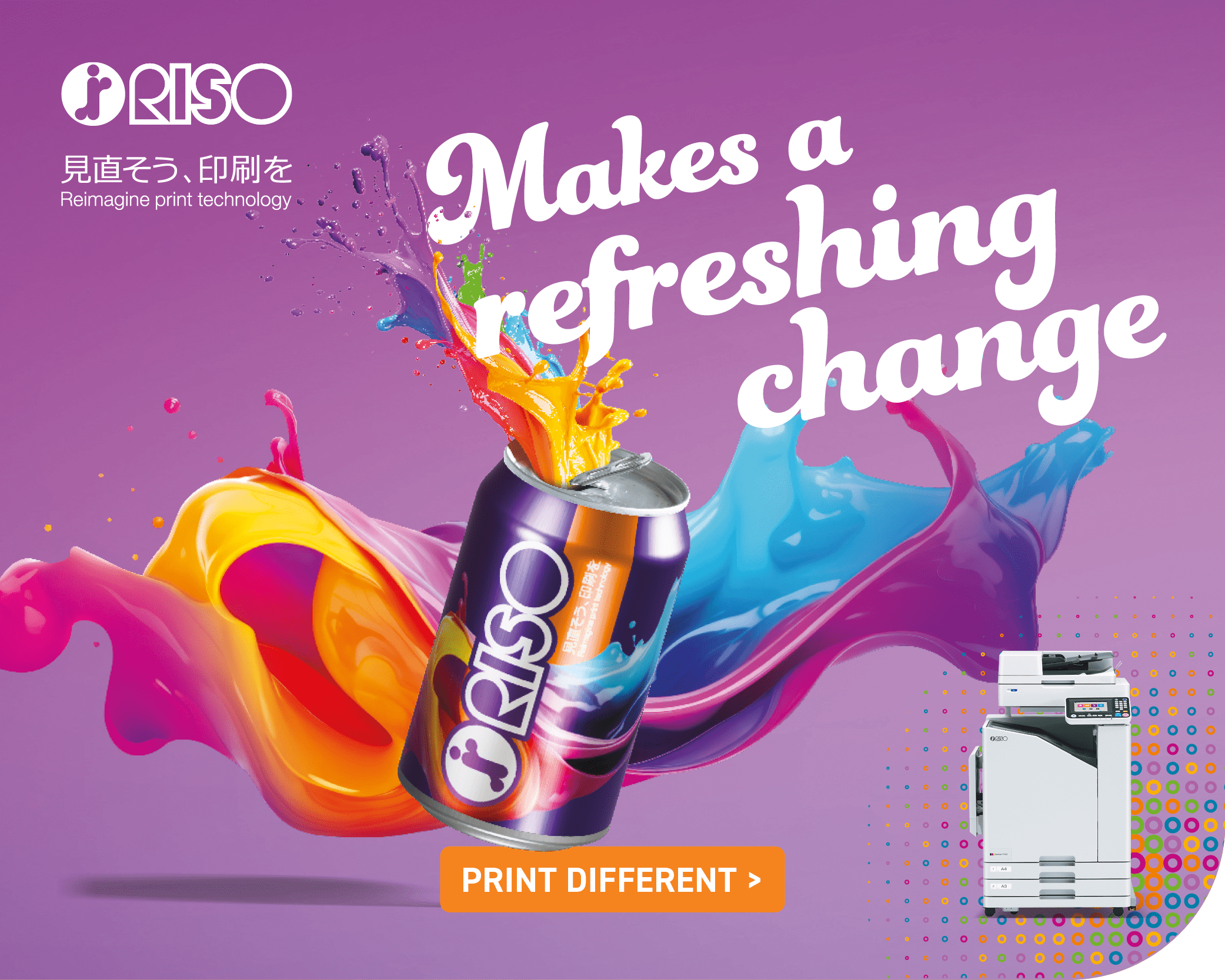
When it comes to technology, the decision between buying and leasing can significantly impact budget management, resource availability and the ability to keep pace with rapid advancements in digital tools
CREDIT: This is an edited version of an article that originally appeared on Anglo Scottish
While leasing technology may not be the ideal solution for every school, it presents a valuable alternative to outright purchases, particularly for those seeking flexibility and sustainability in their technology management. However, for institutions facing budget constraints, rapid technological changes, or the need for frequent updates, leasing can provide an attractive option.
Flexibility
Technology leasing encompasses much more than just laptops and computers; it includes a wide variety of audiovisual (AV) and electronic equipment that can be leased on both short and long-term bases, depending on a school’s specific requirements.
When considering technology leasing, schools have several options for lease agreements that can be tailored to their needs. One common option is a finance lease, in which a lessor provides equipment in exchange for regular payments. These finance leases typically span a significant portion of the equipment’s useful life, allowing schools to spread out the cost of expensive technology over time. Schools may also want to consider flexible financing options that cater specifically to their needs. These options can include operating leases, which often allow for shorter commitment periods and can be adjusted based on the school’s evolving requirements
Moreover, many suppliers offer a range of services alongside leasing agreements, such as maintenance, technical support and upgrades, which can enhance value.
Sustainability
Leasing offers a strategic solution for schools looking to achieve sustainable and scalable growth in their technology resources. By choosing to lease equipment, schools can effectively avoid the risks associated with technological obsolescence. With the rapid pace of advancements in technology, purchasing equipment outright can lead to significant challenges, including having to frequently upgrade or replace outdated devices.
Moreover, leasing contributes to more sustainable practices by reducing electronic waste. When schools lease equipment, they can ensure that devices are returned to the supplier at the end of the lease term, where they can be refurbished, recycled, or responsibly disposed of.
Adaptability
Leasing equipment empowers schools to consistently update their technology, ensuring that they are always equipped with the latest tools and resources. This approach not only keeps the school’s technology relevant but also provides students with the opportunity to engage with cutting-edge innovations.
Exposing students to contemporary technology fosters familiarity and comfort with digital tools, which is critical in preparing them for higher education and the workforce. Students are more likely to thrive in environments that mirror the technology they will encounter in the future.
While technology leasing offers numerous benefits such as flexibility, sustainability and adaptability, it is essential for school business leaders to conduct thorough research and seek advice before deciding if leasing is the right option for their school. Understanding the specific financial implications, potential benefits and limitations of leasing versus outright purchases is crucial for informed decision-making.



Be the first to comment